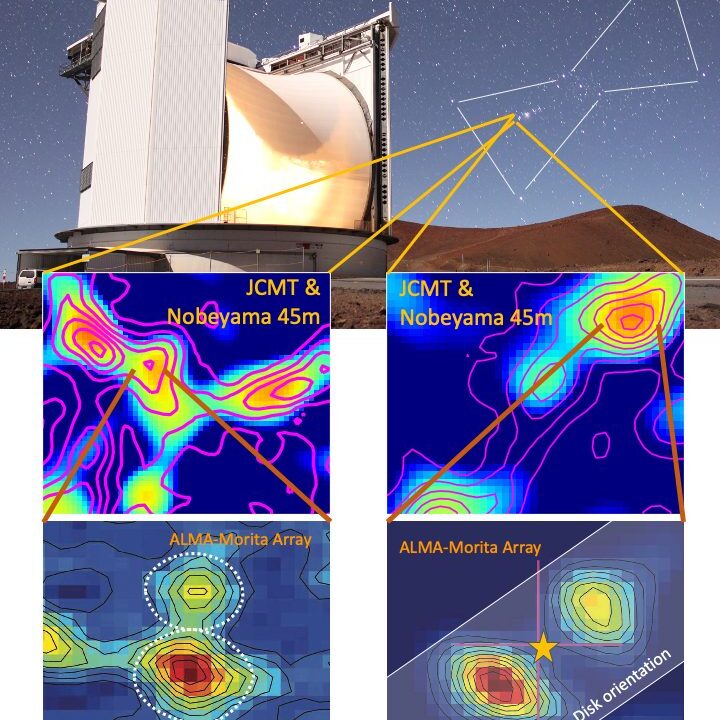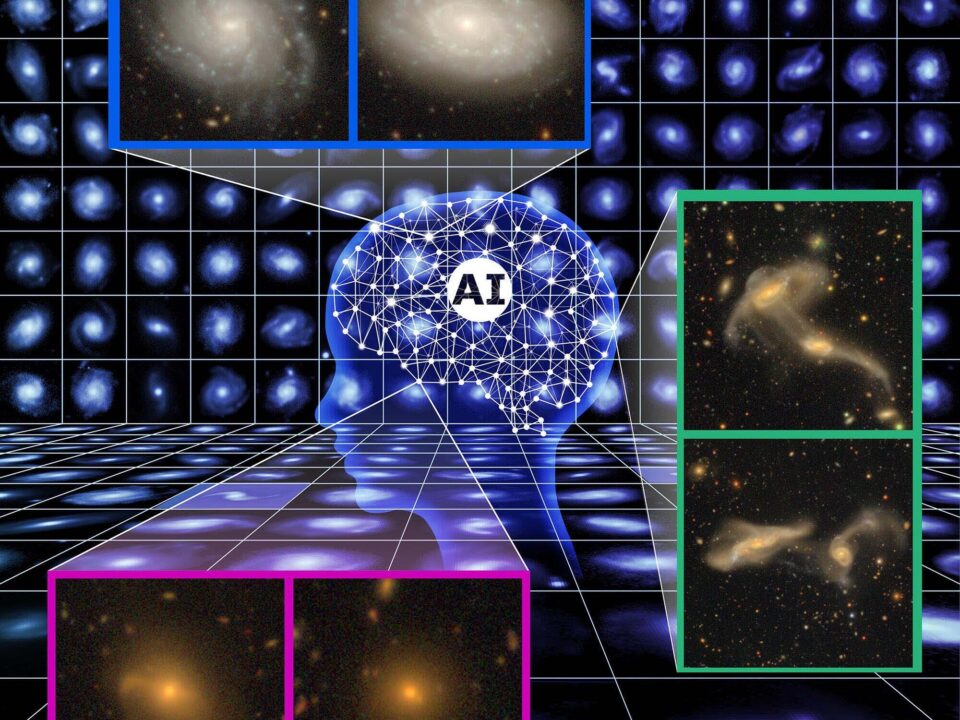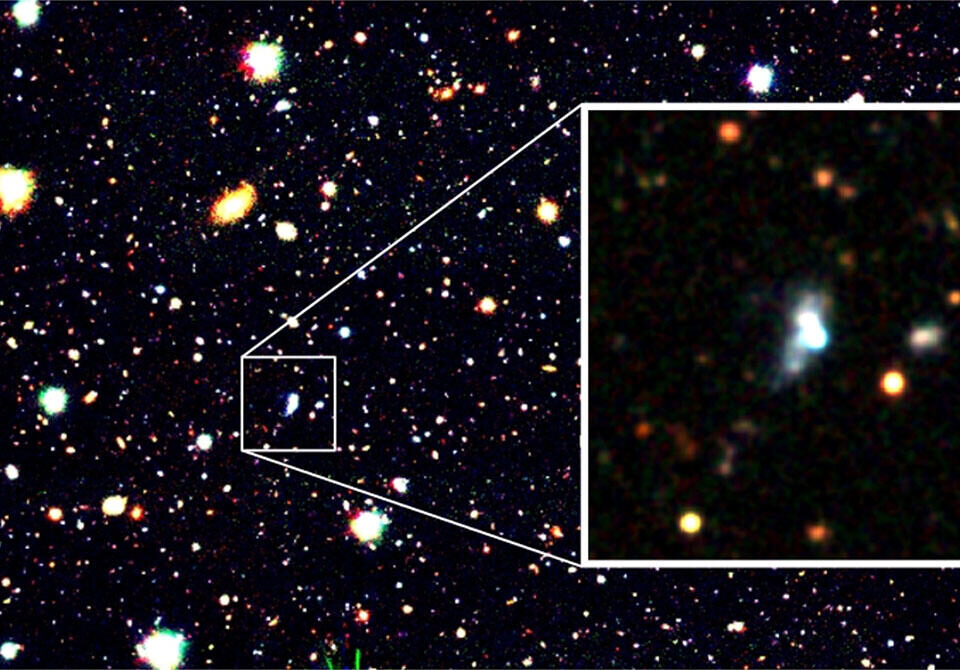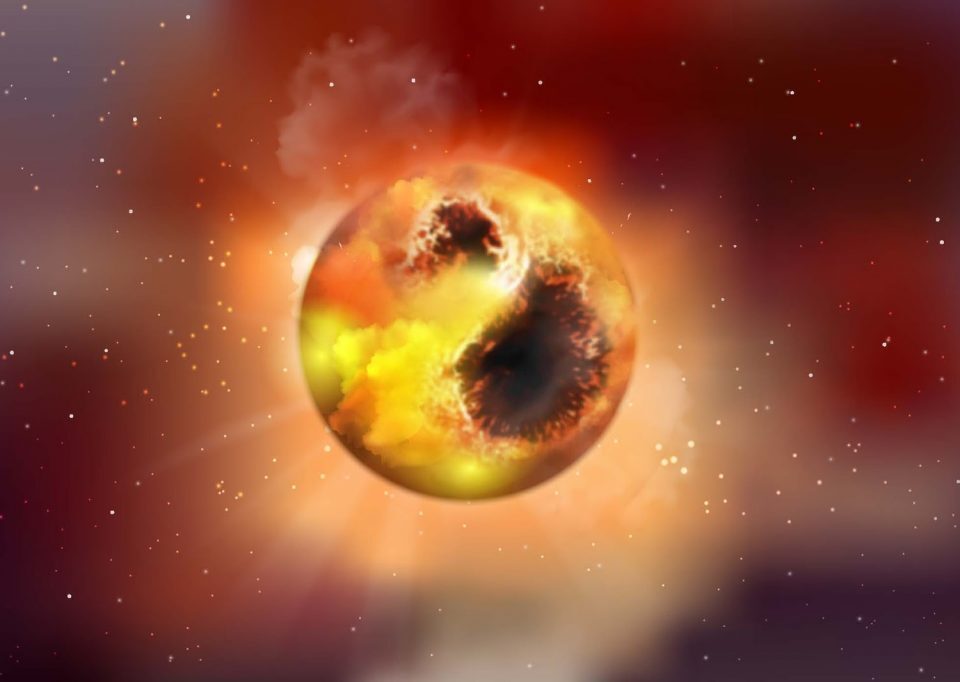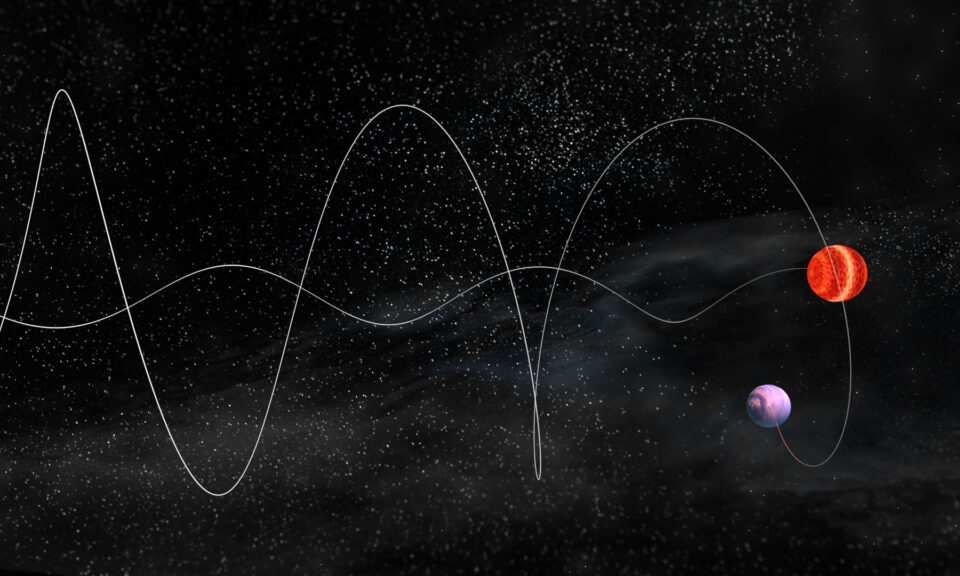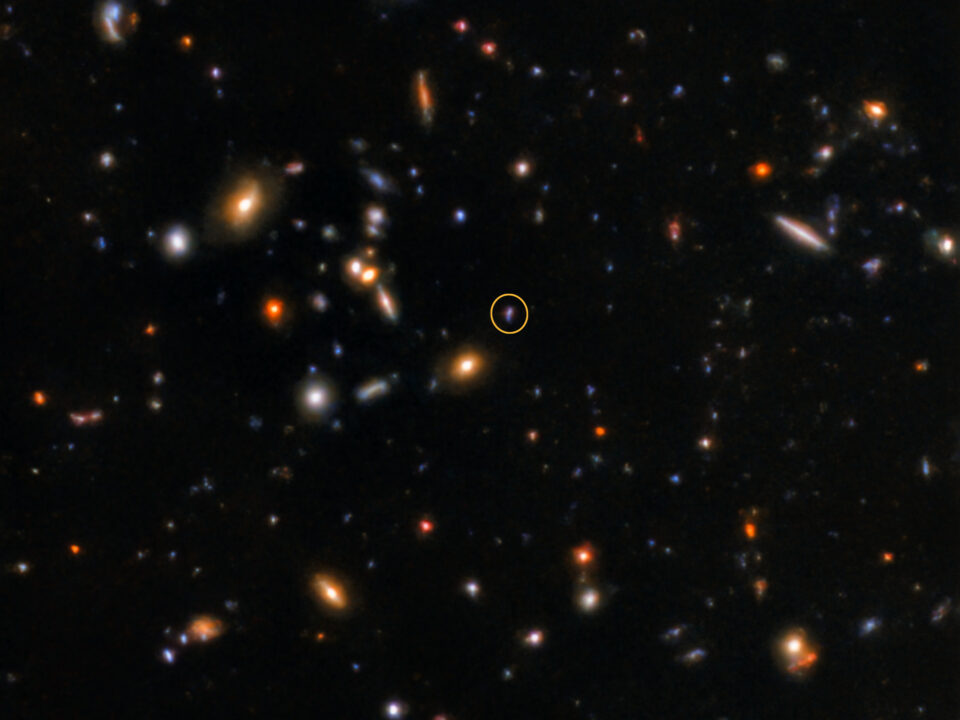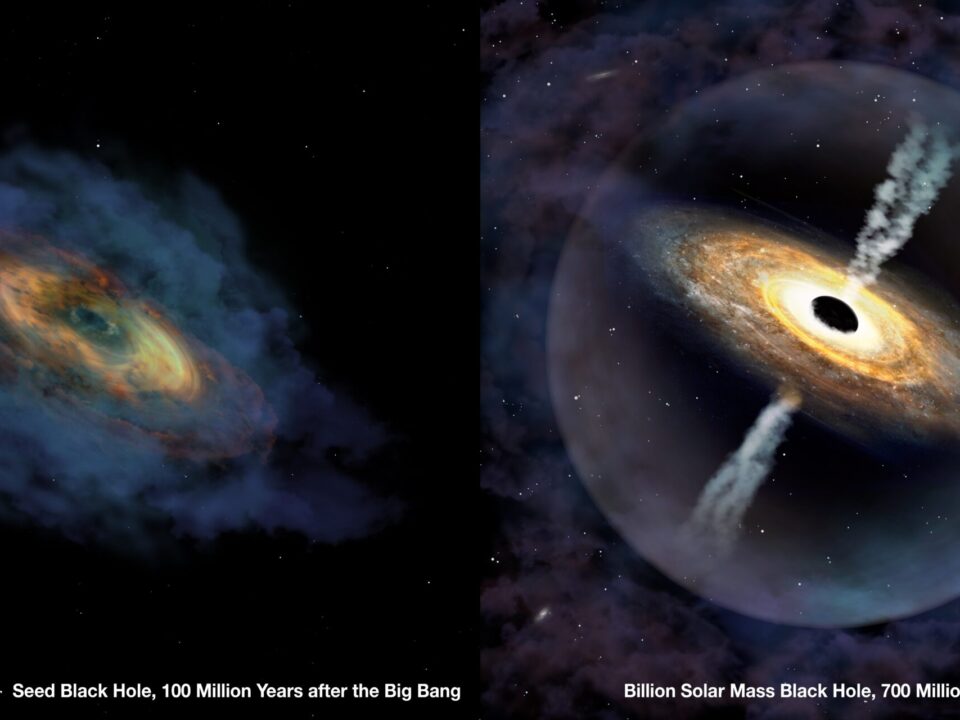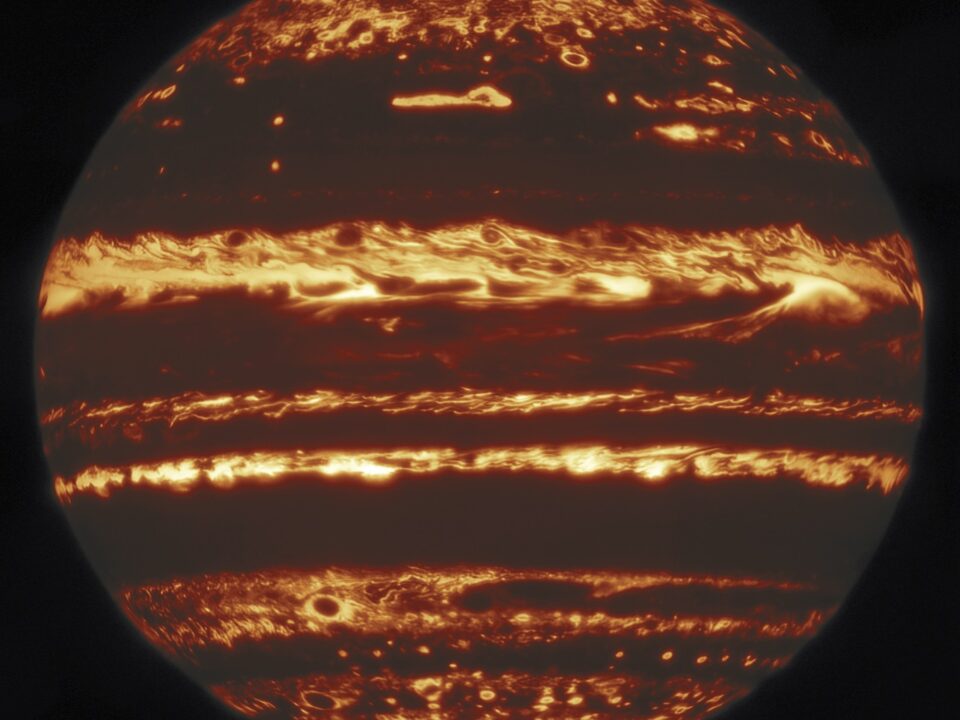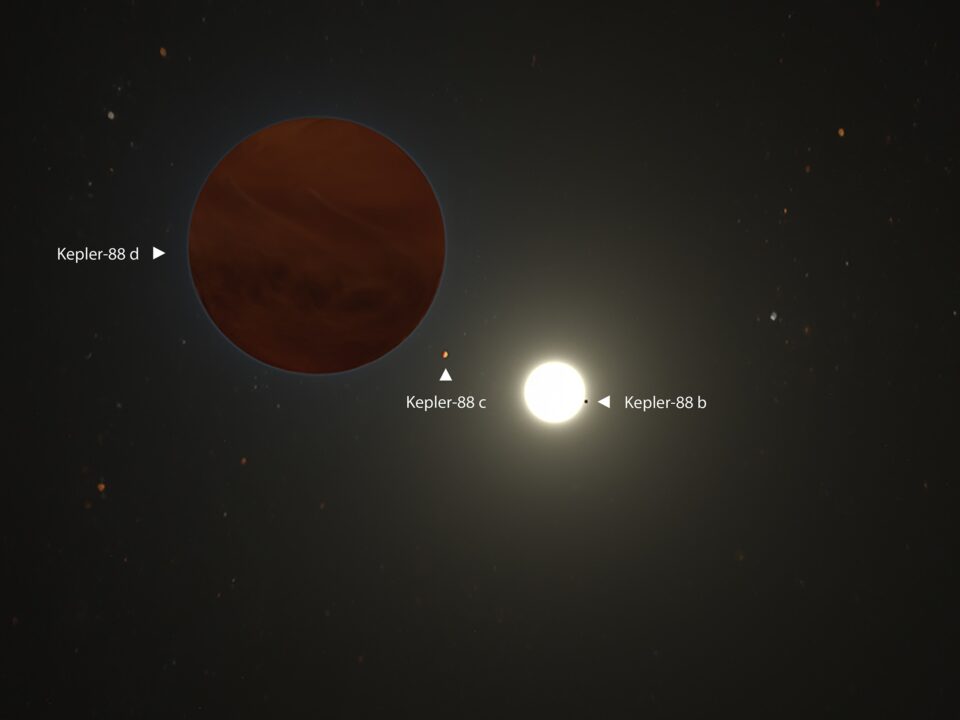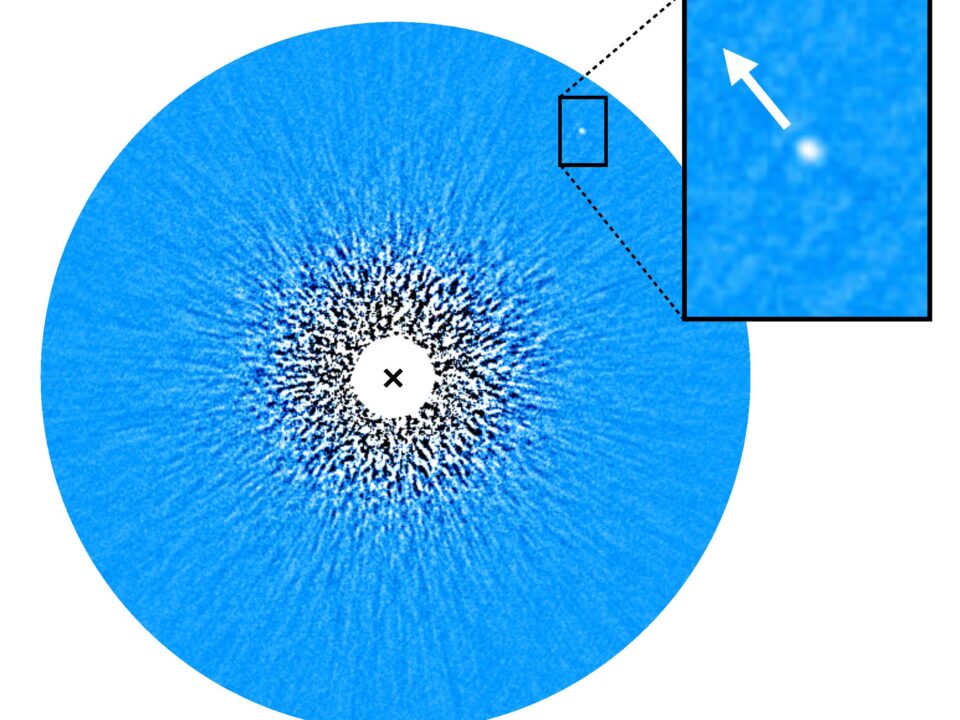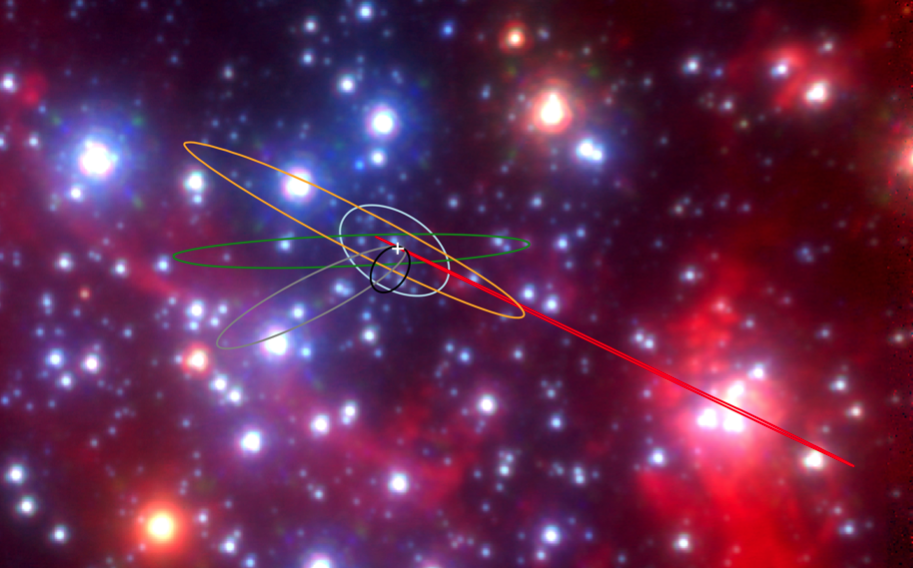General
- Filter by
- Categories
- Tags
- Authors
- Show all
- All
- Andromeda Galaxy
- Betelgeuse
- Black Hole
- Black holes
- brown dwarfs
- Canada-France-Hawaii Telescope
- CFHT
- Chad Trujillo
- Comets
- coronavirus
- cover-19
- EAO
- Europa
- exoplanets
- Fred Lawrence Whipple Observatory
- Galaxies
- Gamma-ray burst
- Gemini Observatory
- Harvard University
- IfA
- International Gemini Observatory
- JCMT
- Keck Observatory
- Milky Way
- Moon
- NASA Infrared Telescope Facility
- Neptune
- NOIRLab
- NSF
- Quasar
- Quasars
- Saturn
- SMA
- Subaru Telescope
- Supercluster
- UH Institute for Astronomy
- UKIRT
- Uranus
- VLBA
August 13, 2020
August 13, 2020
Categories
The James Clerk Maxwell Telescope on Maunakea has given us a unique look at the early stages of star formation. An international team of astronomers performed a survey observing over 3,500 sites within our Milky Way galaxy, known as dense cores, where stars are believed to be on the cusp of formation. They locate the exact sites of near-future star […]
August 11, 2020
August 11, 2020
Categories
A group of astronomers have used state of the art artificial intelligence algorithms to classify more than half a million galaxies in images obtained with the Subaru Telescope located on the slopes of Maunakea. About 100 years ago, the American astronomer Edwin Hubble discovered that various types of galaxies exist in our Universe, from beautiful spiral galaxies to smooth elliptical-shaped […]
August 7, 2020
August 7, 2020
Categories
Astronomers have used the combination of two powerful Maunakea telescopes (Subaru and Keck) to discover a nearby galaxy that has broken the record for having the lowest level of oxygen ever seen. In astronomy, elements heavier than hydrogen and helium (the two main elements created in the Big Bang) are called “metals”, and the earliest galaxies are expected to have […]
August 6, 2020
August 6, 2020
Categories
Astronomers have discovered gigantic star-spots on the red supergiant star Betelgeuse, using the James Clerk Maxwell Telescope on Maunakea. Beginning in October 2019, Betelgeuse, which is the nearest red supergiant star to the Earth at a distance of only 500 light years, experienced a record-breaking dimming event, becoming three times fainter than usual. This dimming episode was thought to possibly […]
August 5, 2020
August 5, 2020
Categories
Astronomers have discovered a Saturn-sized planet closely orbiting a small, cool star 35 light-years from Earth using the Very Long Baseline Array. This unique telescope consists of an array of several antennas separated by as much as 5,000 miles (one of which is located on the slopes of Maunakea), and can provide extremely high precision measurements of a star’s position […]
July 29, 2020
July 29, 2020
Categories
Astronomers have discovered the second-most distant confirmed short gamma-ray burst (SGRB) ever studied using two Maunakea Observatories in Hawaiʻi – W. M. Keck Observatory and the international Gemini Observatory, a Program of NSF’s NOIRLab. Observations confirm the object’s distance at 10 billion light-years away, placing it squarely in the epoch of cosmic high noon when the Universe was in its […]
June 25, 2020
June 25, 2020
Categories
Using the UKIRT, Gemini North and Keck telescopes on Maunakea, and combining with observations from observatories in Chile (including Gemini South and Cerro Tololo Inter-American Observatory), astronomers have identified a quasar in the distant Universe, which is powered by a black hole about one and a half billion times as massive as our Sun. This quasar, the second most distant […]
May 19, 2020
May 19, 2020
Categories
Researchers using the Gemini North Telescope, in combination with the Hubble Space Telescope and observations from the Juno probe at Jupiter itself, have collected some of the sharpest images of Jupiter ever obtained from the ground. Their observations revealed that dark spots in the famous Great Red Spot are actually gaps in the cloud cover and are not due to […]
May 12, 2020
May 12, 2020
Categories
Maunakea Observatories prepares for phased reopening The Maunakea Observatories are resuming operations, after nearly two months of suspended nightly science observations. This action follows Governor Ige’s 7th Supplementary Emergency Proclamation authorizing low-risk businesses to reopen, including the Observatories and support facilities. The phased approach will restrict summit work to maximize social distancing and emphasize important hygiene practices. As always, the health and safety of […]
May 1, 2020
May 1, 2020
Categories
A team of astronomers using the Keck Observatory on Maunakea have discovered a planet three times the mass of Jupiter in a distant planetary system. This new planet, named Kepler-88 d, is the most massive planet in the Kepler-88 system, and takes 4 years to orbit around its central star. The astronomers show that, analogous to the role Jupiter plays […]
February 13, 2020
February 13, 2020
Categories
A team of astronomers has used the Keck and Subaru telescopes on Maunakea to gain new insight into the processes of star and planet formation. They observed 27 star systems with planet-scale objects in orbit around them, by using specialized techniques to separate the light from the parent star and the much-dimmer orbiting objects. Some of the orbiters were giant […]
February 3, 2020
February 3, 2020
Categories
Astronomers have discovered a new class of objects at the center of our Galaxy using the Keck Observatory on Maunakea. By combining 13 years of data (part of a project known as the Galactic Center Orbits Initiative), they identified four new objects that look like gas but behave like stars. This new class of objects, called G objects, appear compact […]

